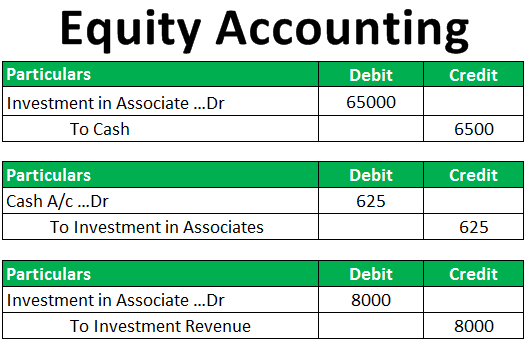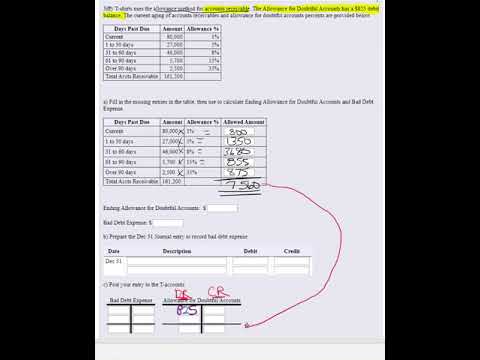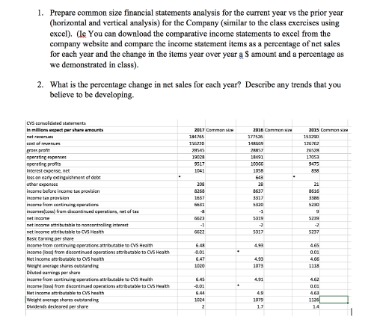.jpeg)
Typically, the employer pays half of these taxes, and the other half is withheld from employee wages. But ADP’s heftier features and robust software come at a price—and since ADP doesn’t list any transparent pricing on its site, we’re not sure exactly how high that price is. We do know that ADP charges an extra fee if you want to add workers compensation insurance and health benefits. As with Paychex, you’ll have to pay your insurance premiums and an extra monthly amount to ADP for the integration. While NannyPay is pretty basic, it takes care of a few payroll tasks beyond paycheck calculations. For instance, you can print checks and pay stubs, store and organize crucial tax documents, and print out pre-filled end-of-year tax forms.
Savvy Nanny Payroll Services
NannyPay is a fantastic product and was a huge help to me during my employment of a nanny. It takes just seconds to create a paycheck each pay period – just enter a date and the hours. Nanny payroll takes a lot of stress away from the financial organization side of hiring a nanny.
The 7 Best Nanny Payroll Services
- Some customers complain that there’s no Android application and no phone support.
- Participating in formal payroll arrangements supports nannies’ professional growth.
- In contrast to most other payroll solutions, it has a 1-month free trial without charging a sign-up fee, end-of-year tax preparation fee or direct deposit fee.
- They have the advantage of being a part of Care.com, a well-known company.
- SurePayroll and Homebase enable integrations with external software but SurePayroll charges extra for this.
Most nanny payroll services also prepare necessary end-of-year tax forms, though most charge an additional fee for tax form preparation. Unlike many other nanny payroll providers, SurePayroll by Paychex doesn’t have any add-on fees for tax filing, such as end-of-year tax form preparation. While it doesn’t have 24/7 customer service, its customer support team is based in the U.S. and is available evenings and weekends.
.jpg)
Would so highly recommend this for anyone who needs to pay household employees. Numerous customers laud Poppins Payroll for its simplicity and efficiency in handling many payroll and tax-related tasks. There are some criticisms about the interface and that administrative tasks can be a chore, but overall, most users praise Poppins Payroll. Customers praise the comprehensive feature set, responsive customer service team and the software’s ease of use. Some users report being dissatisfied with the cost and technical issues, leading some users to find alternative services.
- While NannyPay is pretty basic, it takes care of a few payroll tasks beyond paycheck calculations.
- In some cases, depending on the level of service you purchase, payroll providers will help you stay informed of any legal or regulatory changes that could affect you and your nanny.
- One of the primary differences between the two is that independent contractors typically have full control of how they do their work, while employees do not.
- The term “nanny tax” refers to the taxes that an employer must pay for a nanny – a type of “household employee” or someone who works in and around other people’s homes.
- Services are not available in Alaska, Delaware, Hawaii, Kentucky, Mississippi, Montana, North Dakota, Pennsylvania, South Dakota, West Virginia, and Wyoming.
This review takes a closer look — putting ourselves in the nanny payroll services shoes of a nanny employer — to help you determine which is the right payroll service for your household. If you pay your employee $2,300 or more per year, you’re required to withhold that amount from your employees’ wages to file with the federal government. You’ll also need to match your employees’ contribution out of your own pocket.
Calculating Accurate Payroll Taxes
.jpg)
An employer identification number (EIN) is required to submit these forms. A payroll and tax partner like ADP can help you determine which forms you need and file them correctly and on time. Each Gusto customer is also entitled to support from experts who know your situation inside and out. Of course, the level of support depends on which plan you’re paying for. But on every level, these experts can answer any questions you have, including how to file taxes for your small business. Simply the best payroll service – competitively priced and the team go above and beyond to provide great support.
QuickBooks Payroll: Best for Consolidating Accounting and Nanny Payroll Needs
NannyPay is secure and cost-effective nanny tax payroll management software for calculating taxes for your nanny, babysitter, housekeeper, personal assistant or any household employee. More than just a tax calculator, NannyPay will maintain all your nanny tax payroll records. In short, having a nanny payroll service can ensure you pay your nanny on time and fulfill your new tax obligations with as little stress as possible. In what are considered “self-service states”, the base monthly rate for payroll services is $25 per month plus $6 for each of your employees or contractors. Friendly and helpful staff will set up all your employer tax accounts.
If your U.S. state requires you to have workers’ compensation insurance, GTM Payroll Services can match you with an insurance provider and integrate your premium payments with your payroll software. The nanny tax service can also help you understand laws governing workers’ compensation in your state. GTM Payroll Services takes care of every part of household payroll on your behalf. It also goes the extra mile to help customers understand their new role as household employers.
DIY Software vs. Full-Service
It has a self-service portal for your employee and gives you lifetime access to pay stubs and other payroll records—none of the other nanny payroll services we reviewed do that (except Paychex). SurePayroll, now a Paychex product, is a cloud-based payroll software that can handle the pay processing needs of small businesses, including household employers. It has direct deposit payments, unlimited pay runs, and payroll tax filings. If you want a nanny payroll provider with simple software setup, helpful customer service, and reasonable pricing, SurePayroll’s nanny payroll services are your best best. Large fines may be imposed for failure to file Schedule H (household employment taxes) and payroll taxes. According to previously released IRS data, “just 5.3% of household employers submit Schedule H” and properly demonstrate nanny tax compliance.






